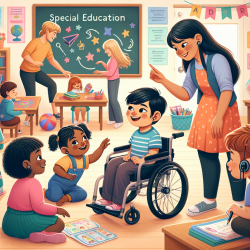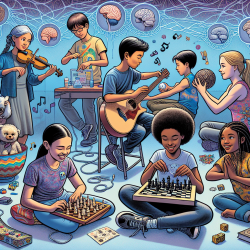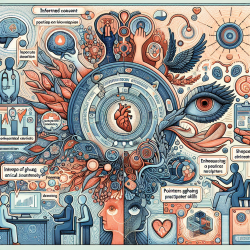As Special Education professionals, it's crucial to understand how students with disabilities participate in standardized testing programs such as the STAR Program and the California Alternate Assessment. Both of these assessments play a vital role in measuring the educational progress of students based on the California content standards.
All students enrolled in California public schools should receive instruction aligned with the California content standards. These standards are essential in guiding the development of Individualized Education Program (IEP) goals, though the extent to which they are applied will vary depending on each student's specific special education needs.
The Standardized Testing and Reporting (STAR) Program serves as a key tool to assess how well students are learning the skills and knowledge required by the California content standards. However, not all students can participate in the STAR Program, even with accommodations or modifications. For those students, the California Alternate Assessment (CAA) is available.
The CAA is designed for students who are unable to take the STAR test due to their disabilities. It ensures that these students still have the opportunity to demonstrate their learning and progress. It's anticipated that 1-2% of the general student population or 10-20% of the special education population will participate in the CAA.
Here are some key points to remember:
- All students should receive instruction based on California content standards.
- IEP goals will vary based on the student's special education needs.
- The STAR Program assesses student learning of the California content standards.
- Students unable to take the STAR, even with accommodations, should participate in the California Alternate Assessment.
- 1-2% of the general student population or 10-20% of the special education population are expected to take the CAA.
Understanding these assessments helps ensure that all students, regardless of their abilities, have access to a quality education and the opportunity to demonstrate their learning.
For more information, please follow this link.










